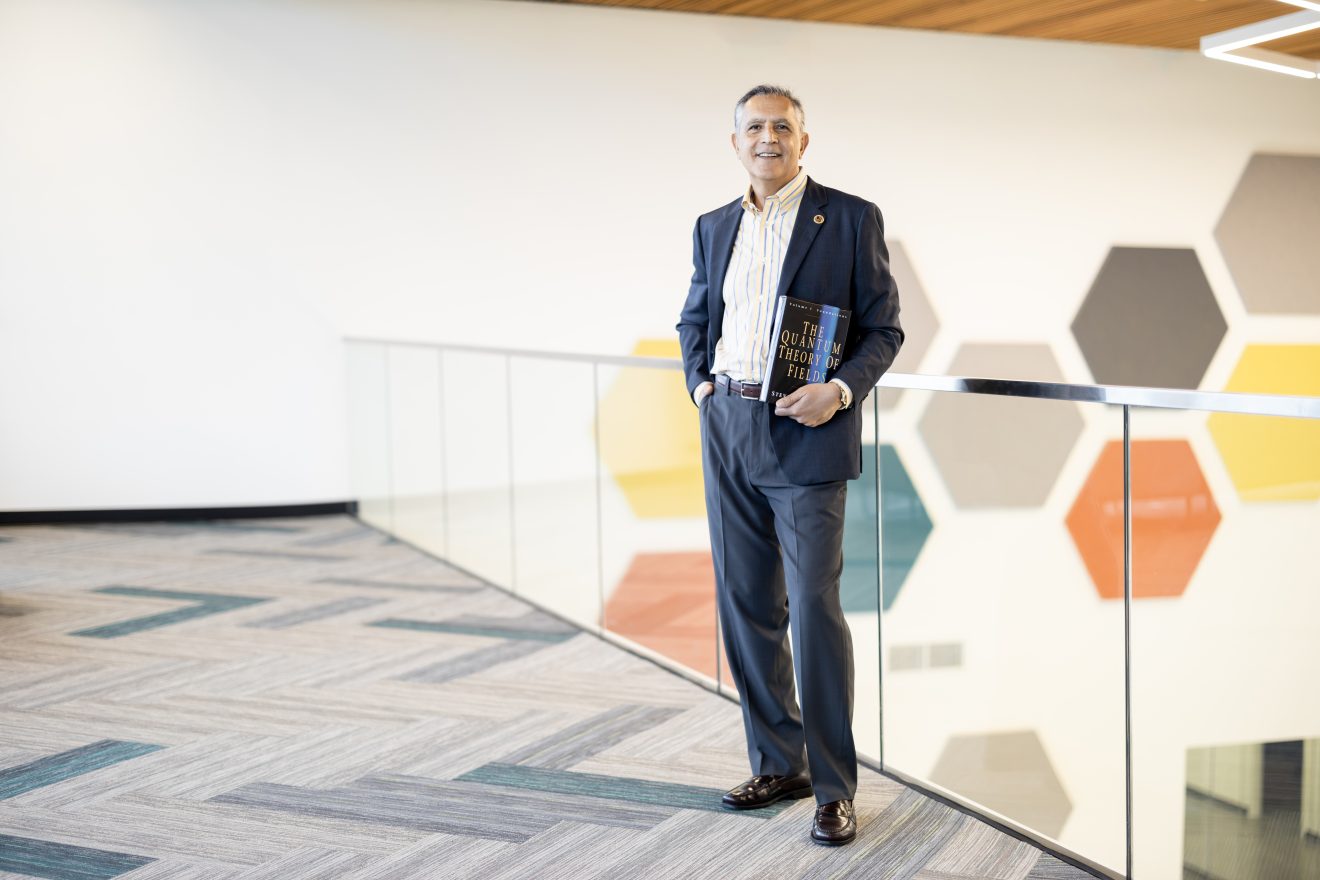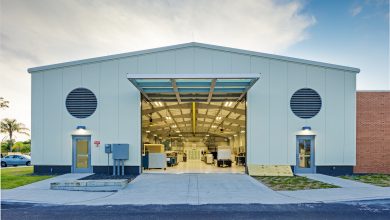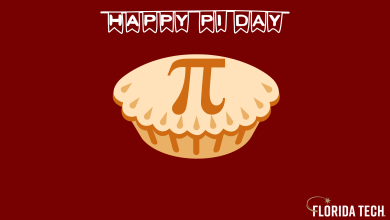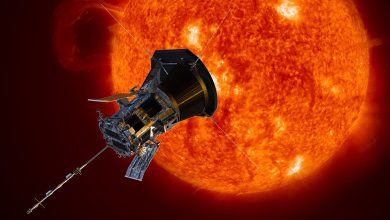A New Quantum Revolution: From Epistemology to Technology
By Marc Baarmand
What I find most fascinating about quantum mechanics is how it stretches our imagination to its limits.
Over the last hundred years, physicists have developed quantum mechanics as the best description of natural phenomena at a subatomic level, with far-reaching ramifications even at a macro level, like better understanding of the solid state of bulk matter.
One of the founding principles of quantum mechanics is Niels Bohr’s complementarity principle that states that certain entities could be separately described in terms of contradictory properties.
A prime example is light, which, depending on the phenomenon, may be best described as a wave or as a particle. Early in the 21st century, this idea of wave-particle duality was extended to all matter, e.g., an electron has both particle and wave properties. Louis de Broglie formulated its wave property in terms of a wavelength determined by the electron momentum.
The wave-particle duality is regarded as the first quantum revolution. The vast amount of knowledge acquired using this concept led to new physics, such as superconductivity and superfluidity, and to the invention of new technologies, such as transistors and lasers. It is captivating to see how such a remote concept ends up making such a significant impact in our everyday life—imagine a world without computers and cellphones, which have transistors as their building blocks.
We are now at the cusp of a second quantum revolution. The concept, which has no parallel in classical physics, is called quantum entanglement. It involves a bipartite system: When a property of one part is determined by a measurement, that property of the second part is also determined instantly, no matter how far apart the two parts are. This is very intriguing, as no superluminal information can travel from one part to the other.
Several well-designed optical experiments with entangled photons have shown the effect to be a fact of nature. This year’s Nobel Prize in physics went to three physicists, Alain Aspect, John Clauser and Anton Zeilinger, who conducted some of these experiments.
Looking beyond epistemology, quantum entanglement lays the foundation for several revolutionary, newly realized applications, such as quantum computing, quantum teleportation, quantum simulation and quantum cryptography. This is truly the dawn of a new quantum information era!
Looking beyond epistemology, quantum entanglement lays the foundation for several revolutionary, newly realized applications, such as quantum computing, quantum teleportation, quantum simulation and quantum cryptography. This is truly the dawn of a new quantum information era!”
Marc Baarmand, professor, aerospace, physics and space sciences
Here, at Florida Tech, I am working with my students to devise a new measurement of quantum entanglement with a nonoptical quantum system, namely, a bipartite system made of a pair of top quarks. These are elementary particles that are copiously produced in collisions of protons in the Large Hadron Collider accelerator in Geneva, Switzerland.
I am a charter member of the Compact Muon Solenoid (CMS) experiment, which is one of the two large general-purpose experiments collecting data from proton collisions. Measurement of quantum entanglement with entangled top-quark pairs in a completely different environment should bring us better insight of this quintessential feature of quantum mechanics, which could pave the road to new applications and technologies that will advance our civilization in more ways than we can conjecture now.
Marc Baarmand is a professor in the aerospace, physics and space sciences department. His research focuses include study of proton-proton collisions with the CMS experiment at CERN, foundations of quantum mechanics, and artificial intelligence/machine learning and high-performance computing for high-energy particle physics.
This piece was featured in the winter 2023 edition of Florida Tech Magazine.






